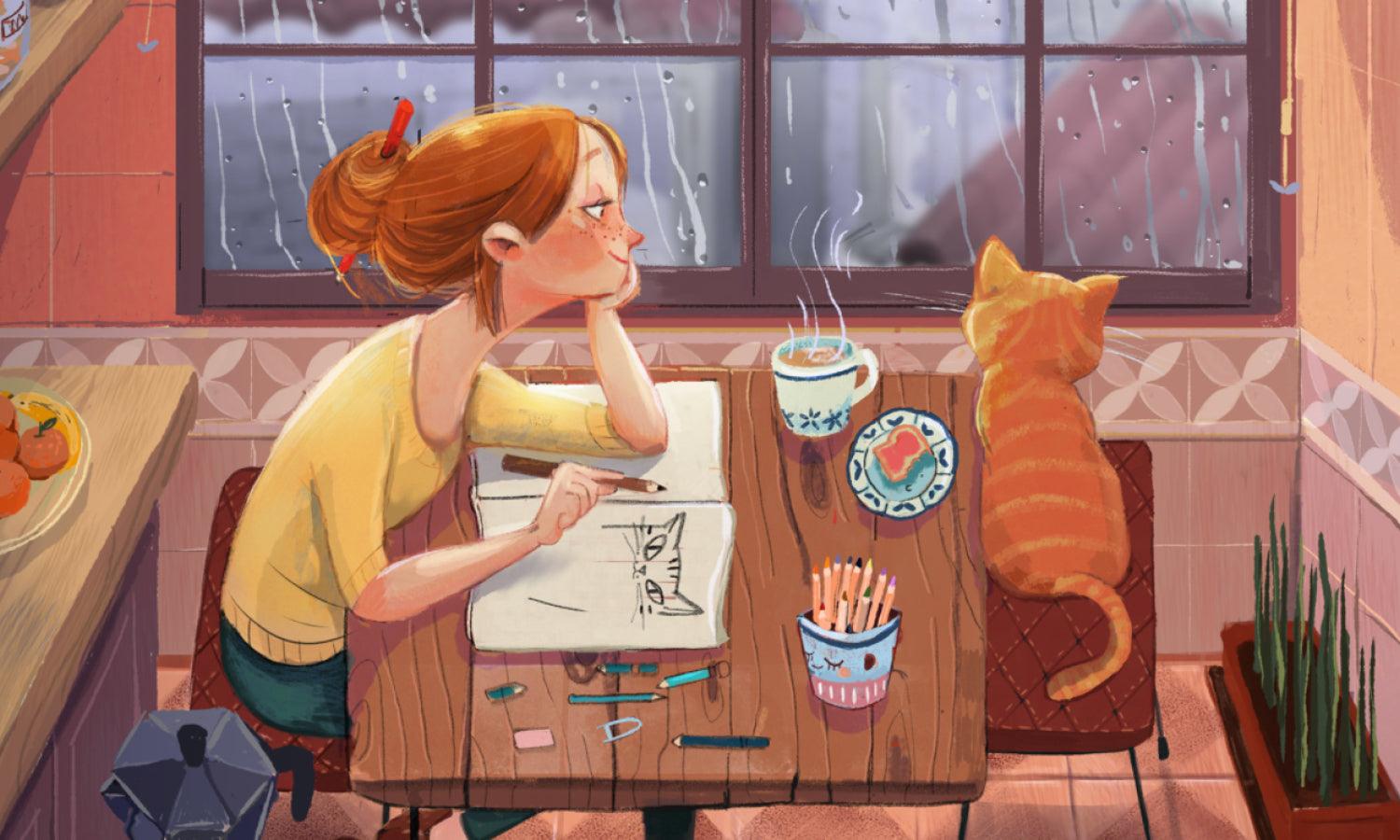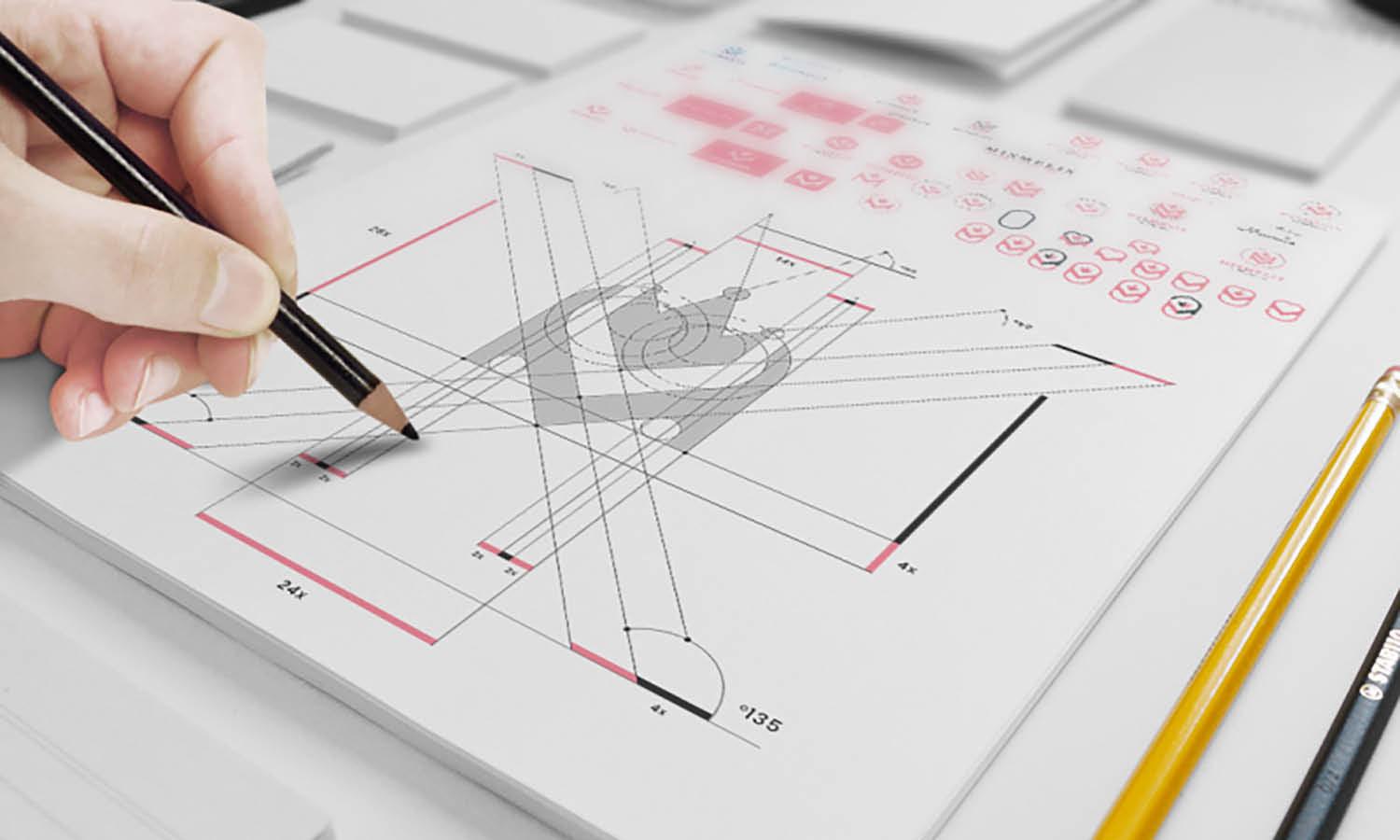10 Obvious Signs of a Bad Graphic Designer

In the world of design, the distinction between a competent and a subpar graphic designer can significantly impact the success of your projects. Identifying a bad graphic designer early in your collaboration can save you from potential frustration, missed deadlines, and unsatisfactory outcomes. This article explores ten obvious signs of a bad graphic designer, helping you steer clear of professionals who might hinder rather than enhance your creative objectives.
Whether you're a small business owner, a marketing professional, or simply seeking to commission a graphic design project, understanding these red flags will guide you in making informed decisions about whom to trust with your visual communication needs. By recognizing these signs, you can ensure a smoother and more productive working relationship with designers who are capable, professional, and aligned with your vision.
Lack of Professionalism in Communication
Professionalism in communication is a cornerstone of effective graphic design collaboration. A bad graphic designer often exhibits signs of unprofessional communication, which can manifest in various detrimental ways. Unresponsiveness to emails or messages, vague updates, and a general lack of clarity in discussions about project requirements and revisions are common red flags. Such behavior not only breeds confusion but also reflects a disregard for the client’s time and investment. Moreover, an inability to provide constructive feedback or to receive it gracefully can severely impact the project's progress and outcome.
When a designer does not effectively communicate, it complicates the process, leading to misunderstandings and a final product that may not align with the client's vision or needs. Ensuring that your graphic designer communicates clearly, respectfully, and promptly will contribute significantly to the success of any design project.
Poor Understanding of Client's Needs
A fundamental aspect of graphic design is the ability to accurately interpret and execute a client’s vision. A bad graphic designer often exhibits a poor understanding of these needs, resulting in designs that miss the mark. This issue stems from insufficient initial consultations, inadequate research, or simply a lack of attentiveness to the client's detailed descriptions and objectives. Effective designers engage actively with their clients, asking probing questions and proposing concepts that align closely with the client's expectations and brand identity.
When a designer fails to grasp the essence of a project's requirements, it not only wastes time and resources but also leads to frustration and dissatisfaction. This sign is especially detrimental in scenarios where the visual representation of a brand or message holds significant importance. Spotting this lack of comprehension early in the process can steer the project back on course with a more capable and attentive designer.
Limited Design Skills
A hallmark of a bad graphic designer is limited design skills, which can severely restrict the breadth and impact of creative projects. This deficiency is evident when a designer struggles to adapt their style to fit different brand identities or project requirements. It may also manifest as a reliance on outdated techniques and software, which can hinder the development of innovative and visually compelling designs. Furthermore, a lack of understanding of fundamental design principles—such as color theory, typography, and composition—often results in visually unappealing and ineffective designs.
Clients should look for designers who exhibit a robust portfolio that showcases a wide range of styles and technical skills, as well as a commitment to continuous learning and adaptation to new design trends and tools. Engaging a designer with comprehensive skills ensures that your visual content will be dynamic, relevant, and tailored to meet your specific needs.

Ignoring Client Feedback
Ignoring client feedback is a significant red flag in any professional setting, particularly in graphic design. A bad graphic designer might dismiss feedback, insisting on their creative vision without considering the client’s needs and preferences. This attitude can lead to a final product that fails to meet the client's objectives, potentially damaging the effectiveness of the design in achieving its intended purpose. Effective communication and the ability to incorporate feedback are essential traits of a good designer. They indicate respect for the client and a commitment to delivering a product that aligns with the client's expectations.
Designers who listen to feedback and make adjustments accordingly are more likely to produce satisfactory outcomes that reinforce the client’s brand message and appeal to the target audience. Prioritizing a collaborative approach in graphic design is crucial for creating successful, impactful designs.
Missed Deadlines
Meeting deadlines is fundamental in the graphic design industry, where project timelines often align with marketing campaigns and product launches. A bad graphic designer’s habit of missing deadlines can disrupt your entire project flow, causing cascading delays across various business operations. This behavior not only demonstrates poor time management and organizational skills but also suggests a lack of respect for client schedules and business needs. Frequent excuses for delays or the constant need for extensions should be viewed as major concerns.
Reliability in meeting agreed-upon timelines speaks volumes about a designer’s professionalism and commitment to their work. It’s crucial to work with a designer who values punctuality and adheres strictly to deadlines to ensure that your projects progress smoothly and efficiently.
No Consistency in Quality
Consistency in the quality of design work is a hallmark of a professional graphic designer. A lack of consistency can be a glaring sign of a bad designer. This inconsistency may manifest as varying levels of refinement and polish in different projects or even within the same project. It suggests that the designer may not be applying a thorough or standardized process across their work, leading to erratic outcomes. For clients, this variability can be problematic, as it undermines the reliability of the designer to produce consistently good outputs for brand representation.
A good designer ensures that every piece of work, regardless of the scale or scope, reflects a high standard and aligns closely with client expectations. To evaluate a designer’s consistency, prospective clients should review multiple samples of the designer's work. If the quality varies significantly without justifiable reasons related to client briefs or project requirements, it may indicate insufficient skills or attention to detail. Consistency is not just about aesthetic appeal but also about maintaining a standard that builds trust and satisfaction in client relationships.
Ignoring Design Principles
Ignoring fundamental design principles is another telltale sign of a bad graphic designer. Principles such as balance, alignment, contrast, and hierarchy are essential for creating visually appealing and effective designs. When a designer disregards these principles, the result can be chaotic and ineffective visuals that fail to communicate the intended message. This oversight can stem from a lack of formal training or indifference towards the craft of design. For instance, improper use of typography and color can make a design difficult to understand or visually jarring, rather than engaging and coherent.
An experienced and skilled designer uses these principles to enhance the user's experience and ensure that the design not only looks good but also works well in its intended context. Clients should be wary of designers who show a consistent disregard for these basic elements, as it often results in poor quality work that does not meet professional standards. Observing a designer’s past projects for adherence to these principles can provide insights into their professional competence and attention to detail.

Ethical Issues and Plagiarism
Ethical integrity is essential in all professions, including graphic design. Plagiarism or the unauthorized use of another designer’s work without proper acknowledgment or permission is a severe ethical breach. A bad graphic designer might pass off others' creative output as their own, risking legal issues and damaging their professional reputation and that of their clients. Ethical issues can also involve misleading clients about the scope of work, the origin of designs, or the usage rights of materials. Such behaviors reflect poorly on the designer’s professionalism and reliability.
To safeguard against these risks, clients should ensure they work with reputable designers who provide original designs and are transparent about their creative process. Tools like reverse image searches can help verify the authenticity of a design. Additionally, a clear and detailed contract can specify the expectations and responsibilities regarding originality and copyright adherence. Recognizing the importance of ethical practices is crucial in maintaining trust and ensuring that the designs produced are both original and legally compliant.
Lack of Updated Knowledge
In the rapidly evolving field of graphic design, staying updated with the latest trends, software, and technologies is crucial. A clear sign of a bad graphic designer is their lack of updated knowledge. This deficiency can lead to designs that look outdated or fail to leverage the latest efficiencies offered by new tools. For instance, not keeping up with the newest versions of design software like Adobe Creative Suite can hinder a designer’s efficiency and creativity, limiting their ability to deliver cutting-edge work.
A designer who is unaware of current design trends might produce work that does not resonate with contemporary audiences, making the design less effective in competitive markets. This can result in a disconnect between the client’s objectives and the effectiveness of the finished product. Clients should seek designers who demonstrate a commitment to continuous learning and professional development, as this is indicative of their ability to adapt and innovate.
Reviewing a designer’s recent work and asking about their familiarity with current design practices can provide insights into their dedication to staying relevant in their field.
Lack of Attention to Detail
Attention to detail is paramount in graphic design, where every pixel counts. A bad graphic designer’s lack of attention to detail can manifest in various problematic ways, such as typographical errors, alignment issues, inconsistent color schemes, and overlooked elements that compromise the design’s integrity. This oversight can significantly impact the effectiveness and professionalism of the final product, potentially harming the client's brand reputation.
For example, a simple error like using the wrong brand color can lead to a lack of brand consistency and recognition. High-quality design demands meticulous attention to every aspect of the work, ensuring that all elements are harmonious and purposefully aligned with the project's goals. Clients should be vigilant for signs of carelessness in a designer’s portfolio, such as poor layout choices or sloppy visuals, which suggest a disregard for the finer details.
A good designer reviews their work thoroughly, ensuring that it not only meets the brief but also upholds the highest standards of design excellence.
Conclusion
Identifying a bad graphic designer can save you from significant frustrations and setbacks in achieving your project goals. The signs of a lackluster designer—such as poor communication, missed deadlines, limited skills, and disregard for client feedback—highlight the importance of thorough vetting before beginning a collaboration. Choose a designer who demonstrates professionalism, versatility, punctuality, and a client-focused approach. By selecting the right professional, you ensure that your graphic design needs are met with expertise and that the final products effectively convey your brand’s message and appeal to your target audience.
Spot the red flags before it’s too late—know what truly makes a bad graphic designer. From missed deadlines to poor skills, avoid costly design mistakes.
















Leave a Comment